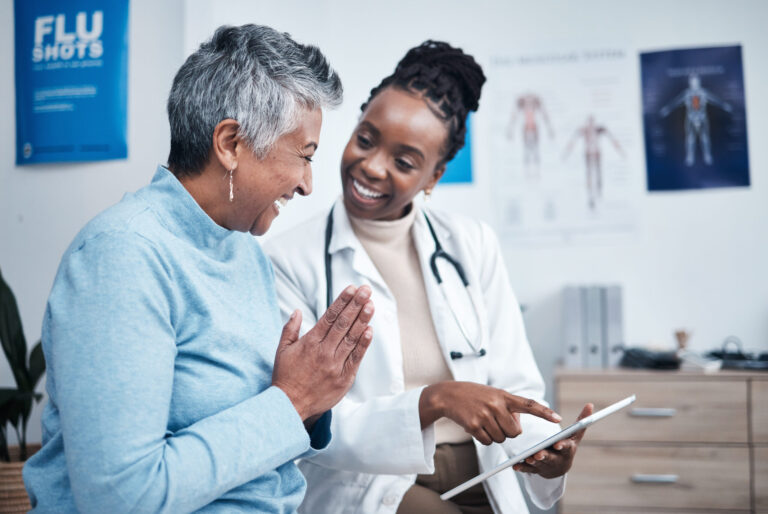- Products
-
-
Products
Discover how our health experience and insights products can make an impact across your population.
-
-
-
- Solutions
-
-
Solution by Industry
-
Solution by Engagement
-
-
- Resources
-
-
Resources
Stay updated on the latest health engagement research and solutions.
-
-
-
- Company
-
-
Company
Learn more about mPulse, the leader in consumer health engagement.
-
-
-
- Request a Demo











